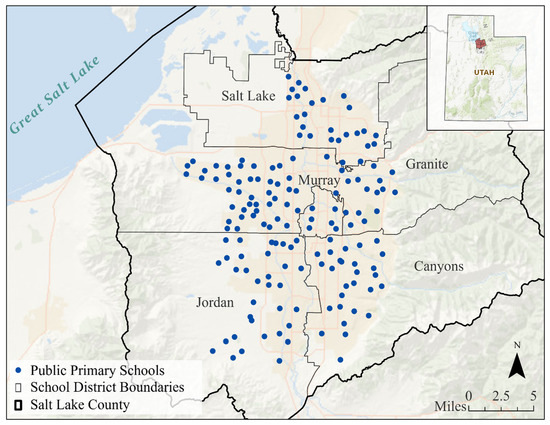A case study on the effects of open waste burning on air quality in Northwestern Greenland calls attention to the importance of no-one-left-behind sustainable air quality monitoring in the Arctic region.
Tag: Pm2.5
‘Roving sentinels’ discover new air pollution sources
Google Street View cars equipped with instrumentation sampled air quality at a scale fine enough to capture variations within neighborhoods in the Salt Lake Valley. A new atmospheric modeling method, combined with these mobile observations, can be used to identify pollution emission sources in many cities.
World can now breathe easier
Global, population-weighted PM2.5 exposure — related to both pollution levels and population size — increased from 1998 to a peak in 2011, then decreased steadily from 2011 to 2019, largely driven by exposure reduction in China and slower growth in other regions, new research shows.
Ammonia reduction should be prioritized in Europe’s fight against air pollution
A new study identified the reduction of ammonia emissions as a cost-effective measure to reduce concentrations of fine particulate matter concentrations in the atmosphere.
2 in 1 Face Mask Against Dust and Virus – Chula Health Innovation in the New Normal
Chula’s Faculty of Engineering joins hands with PTT to develop a 2 in1 face mask, an innovation that protects against PM2.5 dust particles and COVID-19 virus that can be reused more than 15 times, helps reduce waste, is pollution-free, and will be available for sale soon.
Research News Tip Sheet: Story Ideas from Johns Hopkins Medicine
During the COVID-19 pandemic, Johns Hopkins Medicine Media Relations is focused on disseminating current, accurate and useful information to the public via the media. As part of that effort, we are distributing our “COVID-19 Tip Sheet: Story Ideas from Johns Hopkins” every other Wednesday.

“Sensor for All” Air Quality Monitoring Innovation from Chula Engineering Paves the Way towards Sustainable Solutions to Dust Problem
Thailand’s PM2.5 dust particles level ranks as one of the highest in the world and poses health risks to the urban population. Having a reliable tool developed by Thais themselves to warn the public of PM2.5 dust conditions is crucial, and the “Sensor for All” project by Chula Engineering is an answer to this problem. During the past three years, a team of multidisciplinary experts of Chula Engineering has been working on installing sensor nodes, starting on the Chula campus, and expanding to cover the whole country.

Chula Pharmaceutical Sciences Unveils New Innovation – PM2.5 Dust Fighting Spray
The Faculty of Pharmaceutical Sciences researchers have successfully developed “PhytFoon”, a spray compound to deal with the PM 2.5 dust particles, which have become an annual plague that hinders the air quality and health of Thai people. The Dust Fighting Spray works by trapping the PM 2.5 dust particles suspended in the air and then weighing them down to the ground. The compound will be launched to the market by S.T. Protex Co. Ltd. at a conference on December 16, 2020, at the Renaissance Ratchaprasong Hotel. The company has received production rights from Chulalongkorn University to produce the PM 2.5 dust–fighting spray, “PhytFoon“.

Air pollution spikes linked to lower test scores for Salt Lake County third graders
More frequent exposure to air pollution spikes were associated with reduced test scores for third graders in Salt Lake County. Schools with a higher proportion of students of color and from households experiencing poverty were exposed to more peak pollution days than were schools serving middle- to upper- class and predominately white students.
Is the air getting cleaner during the COVID-19 pandemic?
Using air quality data from U.S. Environmental Protection Agency monitors across the U.S., a UW-led team looked for changes in two common pollutants over the course of 2020.